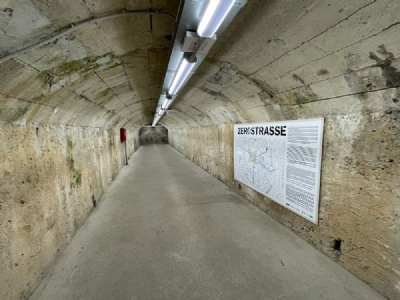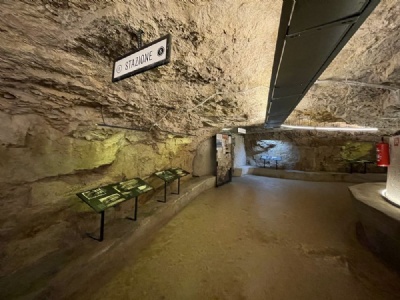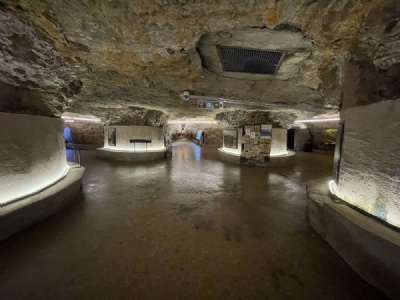Pula - Zerostrasse
When World War One broke out in the summer of 1914, the port in Pula was Austria-Hungary’s largest military port. This meant that Pula (and its surroundings) was surrounded by numerous fortresses and forts in the event of an attack from the sea. In Pula itself and at a central height under a fort, the austro-hungarian authorities began to build an extensive tunnel complex. Here ammunition was stored and the tunnels could also be used for communication between different parts of Pula. In the event of airstrikes, the tunnels could also be used as shelters for city residents. After the World War One, Austria-Hungary ceased to exist and Istria came under Italian rule, which during the interwar period expanded the tunnels. In total, about 50,000 people were able to seek refuge in the tunnels. The name Zerostrasse originates from the early twentieth century and simply refers to the extensive network of tunnels that linked Pula together.
Current status: Preserved with museum (2024).
Address: Carrarina ul. 3, 52 100 Pula.
Get there: Walk.
Follow up in books: Judson, Pieter M: The Habsburg Empire: A New History (2016).

_400x300.jpg)




The tunnels are now a historical museum, but also include cultural events such as exhibitions and concerts. In addition to the tunnels, the fort above the tunnels can also be visited with decent views of Pula. Its central location allows it to be visited frequently by tourists.